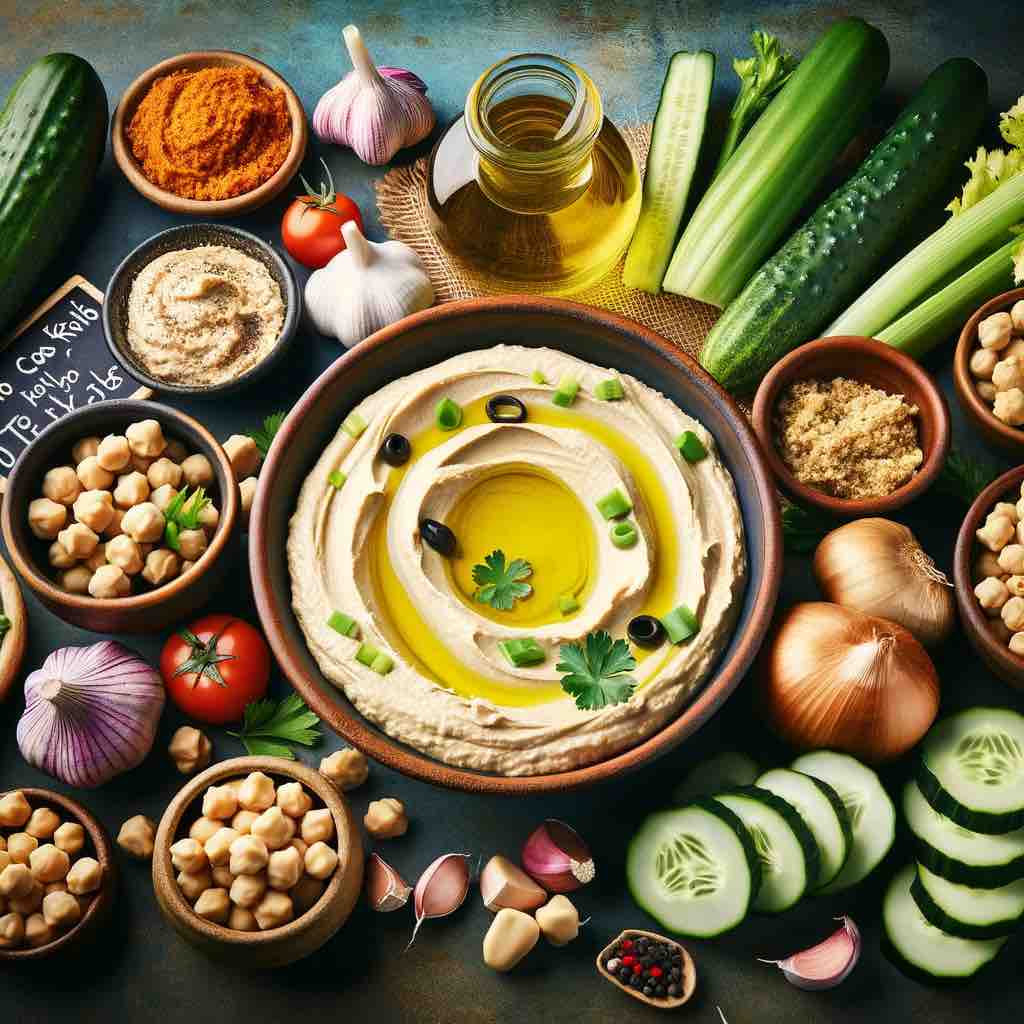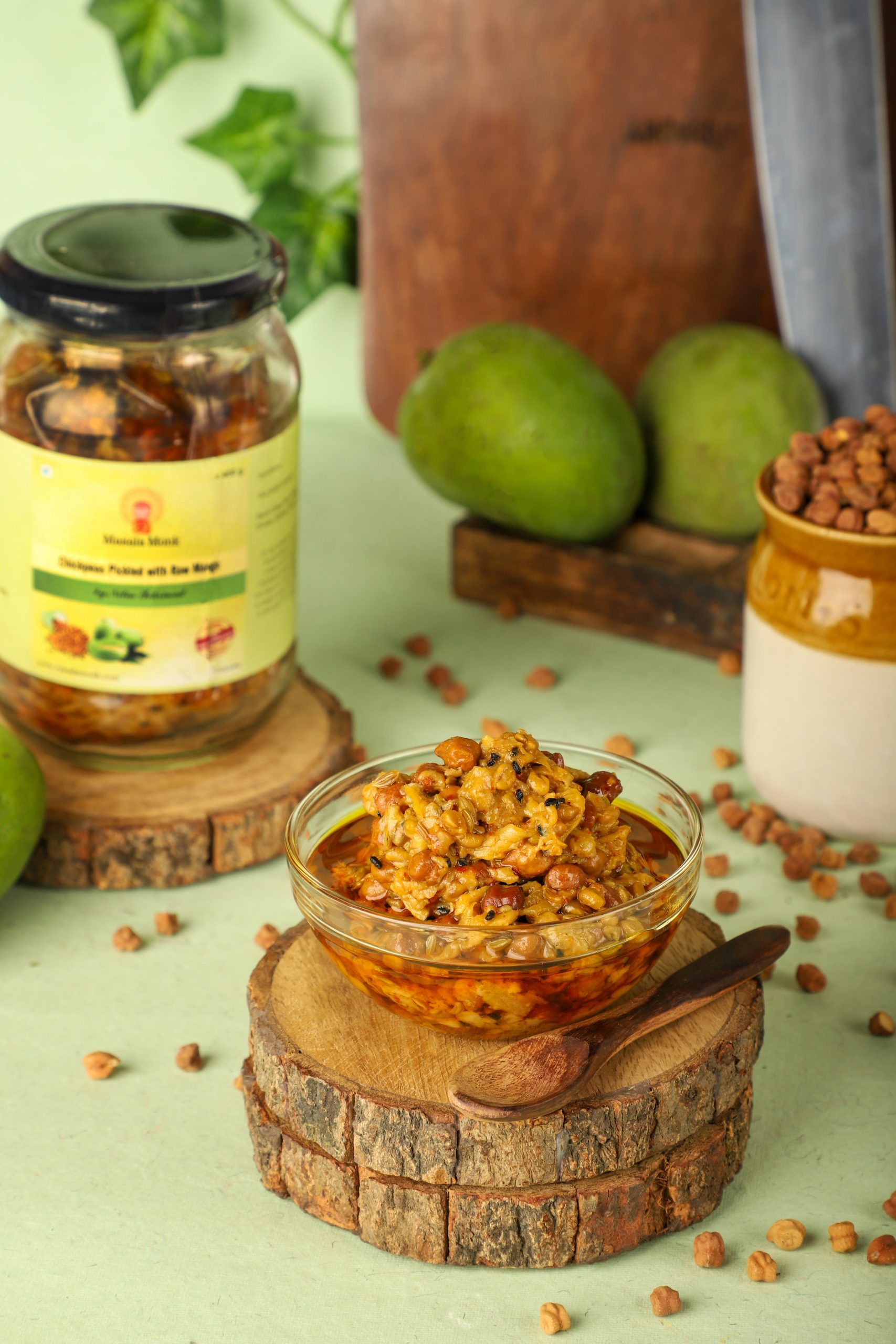
Introduction: Navigating the Keto Diet’s Complexities
Welcome to the ever-evolving world of dietary trends, where health-conscious eaters and keto dieters often find themselves at a crossroads. Among the numerous food debates in the keto community, one question frequently arises: “Is hummus keto-friendly?” This popular Middle Eastern dip, known for its rich flavor and health benefits, sparks curiosity among those following a strict low-carb, high-fat diet. In this comprehensive guide, we’ll explore the intricate relationship between hummus and the ketogenic lifestyle.
Section 1: What is Hummus? A Culinary Staple
Hummus, a staple in Middle Eastern and Mediterranean cuisines, is more than just a dip. At its core, hummus consists of a few simple yet wholesome ingredients: chickpeas (garbanzo beans), olive oil, tahini (sesame seed paste), lemon juice, and often garlic. Each component brings its unique nutritional value, contributing to hummus’s reputation as a healthy, versatile food choice. But how does this blend of ingredients fit into the stringent carb restrictions of a ketogenic diet?
Section 2: Nutritional Breakdown of Hummus
Understanding hummus’s nutritional profile is crucial in assessing its keto compatibility. A standard serving of hummus, typically around two tablespoons, contains:
- 70-80 calories
- 5 grams of fat
- 6 grams of total carbs
- 2 grams of fiber
- 4 grams of net carbs
- 2 grams of protein In addition to these macronutrients, hummus provides essential micronutrients like copper, manganese, magnesium, folate, phosphorus, zinc, thiamin, and iron.
Section 3: Hummus and the Keto Diet – The Carb Dilemma
The primary concern with hummus in a keto diet revolves around its carb content. While keto adherents typically limit their daily net carb intake to between 20 and 50 grams, the carbohydrate density of chickpeas – the main ingredient in hummus – presents a challenge. A golfball-sized serving of hummus contains about 4 grams of net carbs. This means that hummus, in moderation, can fit into a keto diet, especially when paired with low-carb vegetables like cucumbers or celery.
Section 4: Portion Control and Hummus
Portion control is paramount when incorporating hummus into a keto diet. To maintain ketosis, it’s advisable to limit hummus intake to small amounts. Instead of indulging in hummus as a primary dip, consider using it sparingly as a condiment. A recommended daily maximum is 3-4 tablespoons, which equates to approximately 6-8 grams of net carbs. This approach allows you to enjoy the taste and nutritional benefits of hummus without derailing your keto goals.
Section 5: Low-Carb Alternatives to Traditional Hummus
For those who are strict with their carb count or have already reached their daily limit, there are several low-carb alternatives to traditional hummus. These include:
Baba Ganoush
- Made from eggplants instead of chickpeas, this Lebanese dip shares a similar texture with hummus and is typically lower in carbs, containing about 2 grams of net carbs per two tablespoons.
Black Soybean Hummus
- Black soybeans can substitute chickpeas to create a creamy, hummus-like dip. This alternative contains only about 1.5 grams of net carbs per two tablespoons.
Lupini Bean Hummus
- Lupini beans are high in fiber and low in total carbs, making them a popular choice in the keto world. This hummus variant offers zero net carbs per serving and comes in various flavors.
Section 6: Making Keto-Friendly Hummus at Home
Crafting your homemade hummus allows you to control the ingredients and carb count. One popular method is to reduce or substitute the chickpeas:
Roasted Cauliflower Hummus
- By using roasted cauliflower instead of chickpeas, you can create a hummus with a similar creamy texture but fewer carbs. Experiment with additional flavors like roasted garlic or red pepper to enhance the taste.
Section 7: Conclusion
In summary, while traditional hummus contains a moderate amount of carbs due to its chickpea base, it can still be a part of a ketogenic diet when consumed in controlled portions. By opting for low-carb alternatives or making your keto-friendly hummus at home, you can enjoy this beloved dip without compromising your dietary goals. Remember, individual responses to different foods can vary, so it’s important to listen to your body and adjust your diet accordingly.
Your Thoughts and Experiences
We’d love to hear from you! Have you tried incorporating hummus into your keto diet? Do you have any favorite low-carb hummus recipes or alternatives? Share your experiences and tips in the comments below to help fellow keto enthusiasts navigate their dietary journey.
10 FAQs for the Blog Post on “Is Hummus Keto-Friendly?”
- How does hummus fit into the carb limits of a keto diet?
- While traditional hummus is made with chickpeas, which are high in carbs, a small serving size can fit into the keto diet’s carb limits. A typical serving of 2 tablespoons of hummus contains about 4 grams of net carbs, aligning with the daily keto allowance of 20-50 net carbs if consumed in moderation.
- What nutritional benefits does hummus provide?
- Can you enjoy hummus on a strict keto diet?
- What are some keto-friendly alternatives to traditional hummus?
- How can you make hummus more keto-friendly at home?
- Is store-bought hummus suitable for a keto diet?
- Store-bought hummus can be suitable in small quantities. However, it’s important to read the label for added sugars or unnecessary carbs. Homemade hummus allows for better control over the ingredients and carb content.
- What are the best ways to include hummus in a keto meal plan?
- Include hummus in small amounts as a side or condiment. Pair it with low-carb vegetables like cucumber and celery sticks for a balanced keto snack or meal component.
- Are all types of hummus equally keto-friendly?
- Not all hummus varieties are equal in terms of carb content. Flavored versions or those with added ingredients might have higher carbs. It’s best to opt for plain hummus and monitor portion sizes.
- How does the fiber in hummus affect its net carb count?
- Can hummus be part of a balanced keto meal?
- Yes, when included in controlled portions, hummus can be part of a balanced keto meal. Its combination of fats, proteins, and fibers can complement other low-carb foods, contributing to a well-rounded keto diet.
Blog Tags for the Post
keto diet, hummus, low-carb alternatives, homemade recipes, nutritional guide, dietary planning, Mediterranean cuisine, healthy snacking, carbohydrate management, portion control, keto-friendly dips











